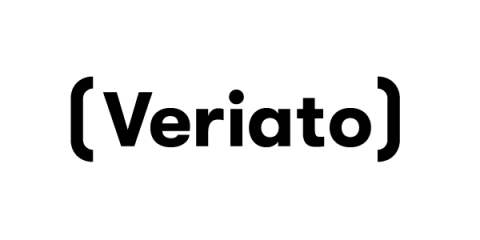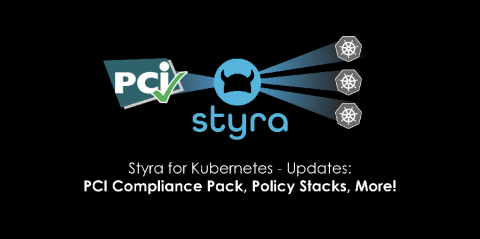The surprising truth about cybersecurity and autism
This is a guest blog by Kim Crawley. I’ve worked in cybersecurity for about a decade, but I’ve been autistic for my entire life. Careers usually start in adulthood, but autism is something children are born with. And contrary to what some people assume, autism doesn’t disappear at age 18. Autism is for life. Unfortunately, once autistic people become adults, services become a lot less plentiful.







